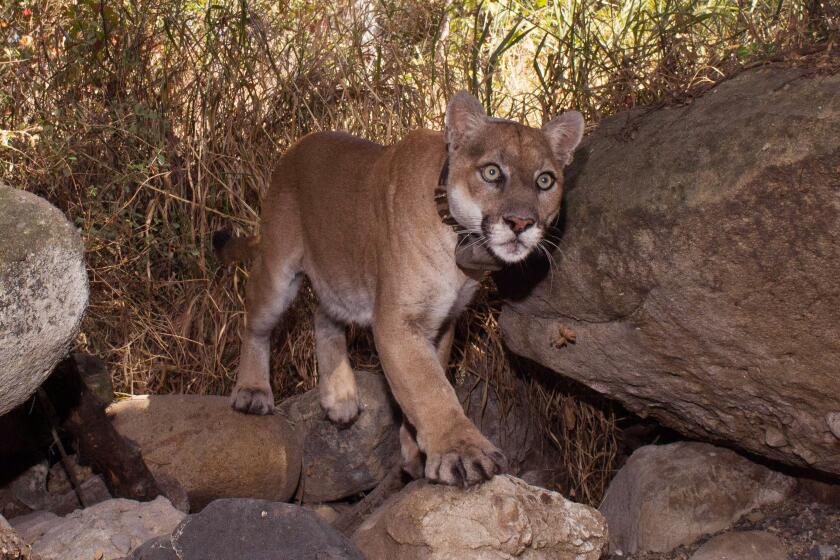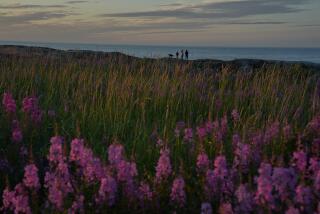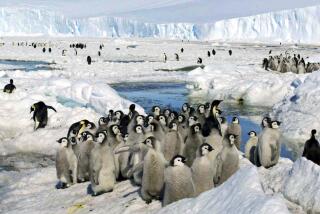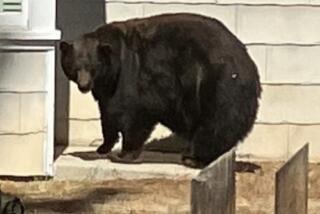Canadian polar bears near ‘bear capital’ dying at fast rate
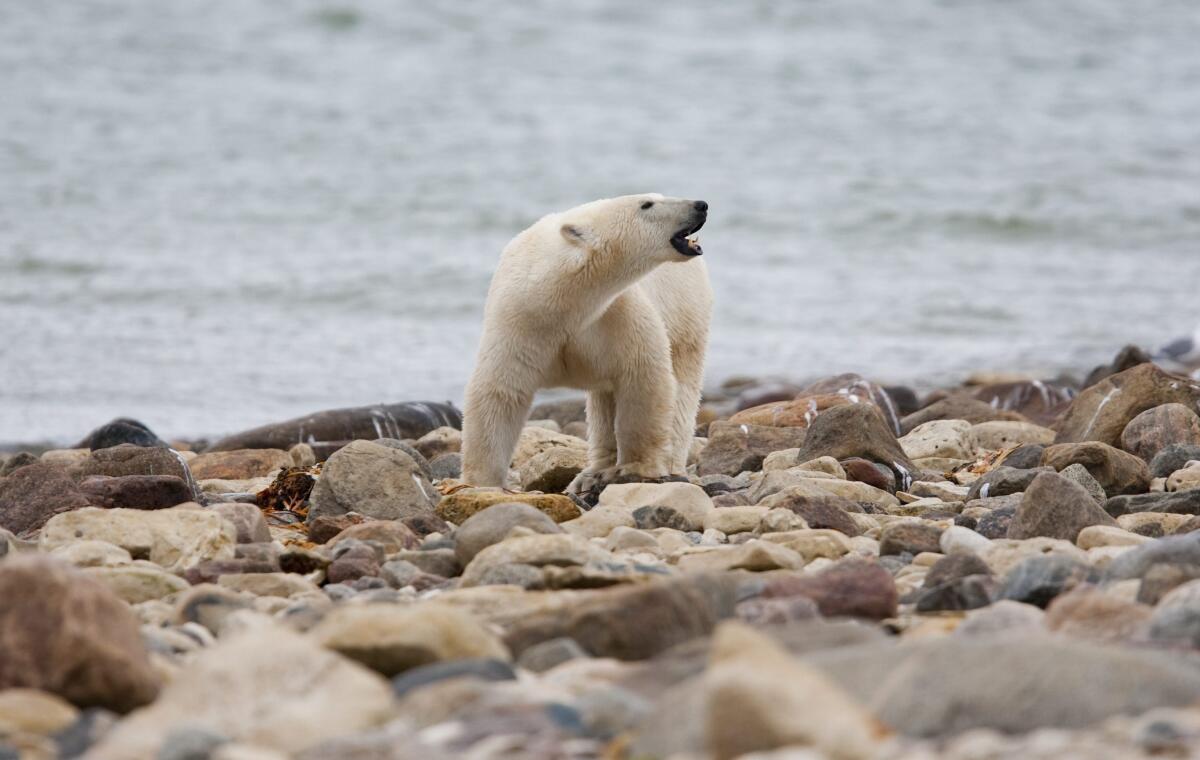
- Share via
Polar bears in Canada’s Western Hudson Bay — on the southern edge of the Arctic — are continuing to die in high numbers, a new government survey of the land carnivore has found. Females and bear cubs are having an especially hard time.
Researchers surveyed Western Hudson Bay — home to Churchill, the town called “the Polar Bear Capital of the World,” — by air in 2021 and estimated there were 618 bears, compared with the 842 in 2016, when they were last surveyed.
“The actual decline is a lot larger than I would have expected,” said Andrew Derocher, a biology professor at the University of Alberta who has studied Hudson Bay polar bears for nearly four decades. Derocher was not involved in the study.
Since the 1980s, the number of bears in the region has fallen by nearly 50%, the authors found. The ice essential to their survival is disappearing.
The Natural History Museum said it does not plan to put P-22’s remains on display. Native American leaders want a ceremonial burial in Griffith Park.
Polar bears rely on arctic sea ice — frozen ocean water — that shrinks in the summer with warmer temperatures and forms again in the long winter. They use it to hunt, perching near holes in the thick ice to spot seals, their favorite food, coming up for air. But as the Arctic has warmed twice as fast as the rest of the world because of climate change, sea ice is cracking earlier in the year and taking longer to freeze in the fall.
That has left many polar bears that live across the Arctic with less ice on which to live, hunt and reproduce.
Polar bears are not only critical predators in the Arctic. For years, before climate change began affecting people around the globe, they were also the best-known face of climate change.
Researchers said the concentration of deaths in young bears and females in Western Hudson Bay is alarming.
“Those are the types of bears we’ve always predicted would be affected by changes in the environment,” said Stephen Atkinson, the lead author who has studied polar bears for more than 30 years.
Young bears need energy to grow and cannot survive long periods without enough food, and female bears struggle because they expend so much energy nursing and rearing offspring.
“It certainly raises issues about the ongoing viability,” Derocher said. “That is the reproductive engine of the population.”
The capacity for polar bears in the Western Hudson Bay to reproduce will diminish, Atkinson said, “because you simply have fewer young bears that survive and become adults.”
More to Read
Sign up for Essential California
The most important California stories and recommendations in your inbox every morning.
You may occasionally receive promotional content from the Los Angeles Times.
